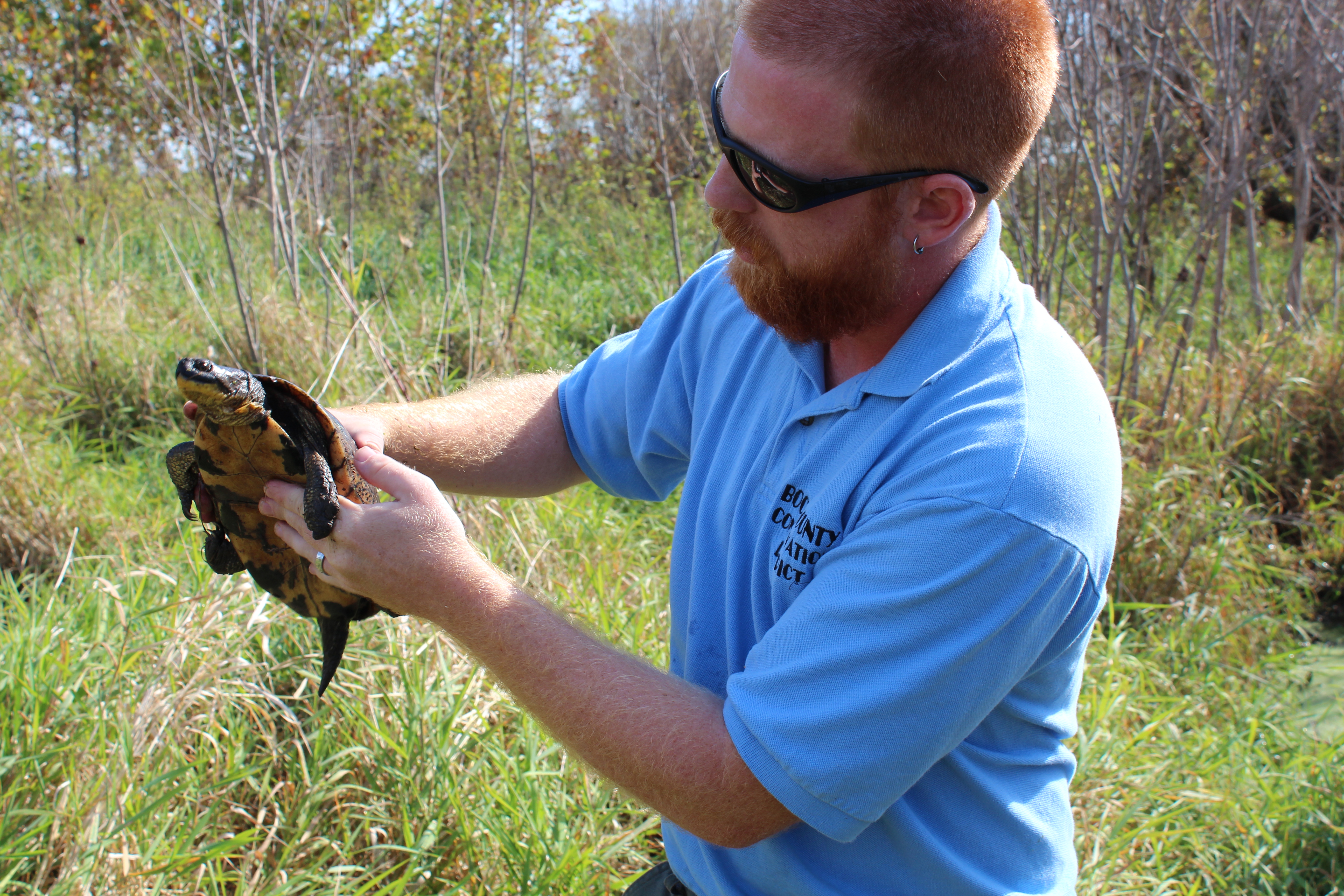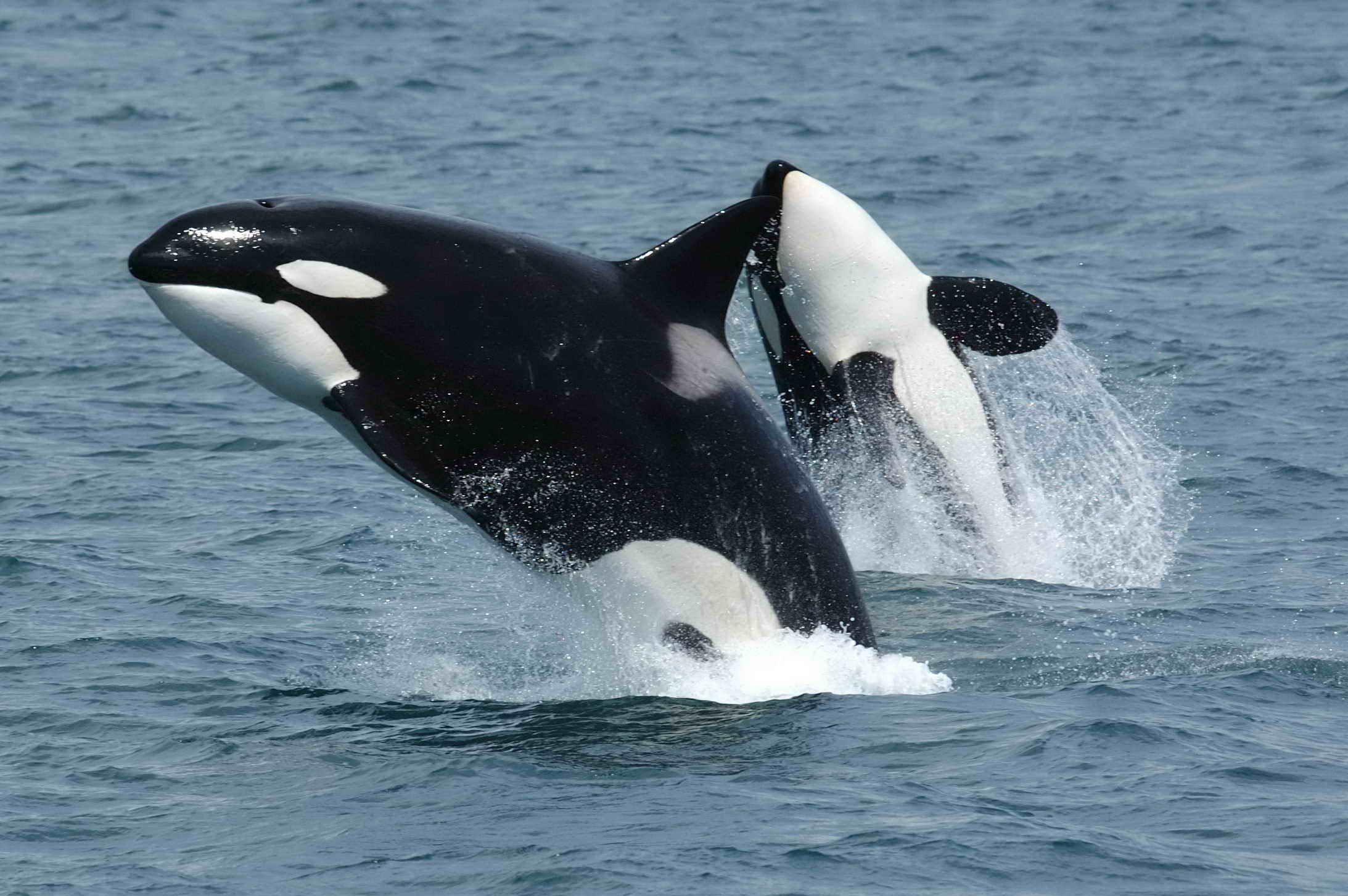|
Emys
''Emys'' is a small genus of turtles in the family Emydidae. The genus (''sensu lato'') is endemic to Europe and North America. Species The following two species may be assigned to the genus ''Emys'' (''sensu lato''). ''Nota bene'': A binomial authority in parentheses indicates that the species was originally described in a genus other than ''Emys''. Taxonomy The eastern North American species, ''E. blandingii'', is usually separated into its own genus, ''Emydoidea''. Similarly, the western North American species, ''E. marmorata'' and ''E. pallida'', were recently moved to their own genus, ''Actinemys ''Actinemys'' is a small genus of turtles in the family Emydidae."''Actinemys'' ". The Reptile Database. www.reptile-database.or The genus is Endemism, endemic to the west coast of North America. The genus contains two species. Species The fol ...''. References ;Bibliography * * Further reading * Duméril AMC (1805). ''Zoologie analytique, ou méthode naturelle de clas ... [...More Info...] [...Related Items...] OR: [Wikipedia] [Google] [Baidu] |
European Pond Turtle
The European pond turtle (''Emys orbicularis''), also called commonly the European pond terrapin and the European pond tortoise, is a species of long-living freshwater turtle in the family Emydidae. The species is endemic to the Western Palearctic. Subspecies The following 14 subspecies are recognized as being valid. *''Emys orbicularis capolongoi'' – Sardinian pond turtle *''Emys orbicularis colchica'' – Colchis pond turtle *''Emys orbicularis eiselti'' – Eiselt's pond turtle *'' Emys orbicularis fritzjuergenobstii'' – Obst's pond turtle *'' Emys orbicularis galloitalica'' – Italian pond turtle *'' Emys orbicularis hellenica'' – western Turkey pond turtle *'' Emys orbicularis hispanica'' – Spanish pond turtle *'' Emys orbicularis iberica'' – Kura Valley pond turtle *'' Emys orbicularis ingauna'' *''Emys orbicularis lanzai'' – Corsican pond turtle *'' Emys orbicularis luteofusca'' – central Turkey pond turtle *''Emys orbicularis occidentalis'' – ... [...More Info...] [...Related Items...] OR: [Wikipedia] [Google] [Baidu] |
Emys
''Emys'' is a small genus of turtles in the family Emydidae. The genus (''sensu lato'') is endemic to Europe and North America. Species The following two species may be assigned to the genus ''Emys'' (''sensu lato''). ''Nota bene'': A binomial authority in parentheses indicates that the species was originally described in a genus other than ''Emys''. Taxonomy The eastern North American species, ''E. blandingii'', is usually separated into its own genus, ''Emydoidea''. Similarly, the western North American species, ''E. marmorata'' and ''E. pallida'', were recently moved to their own genus, ''Actinemys ''Actinemys'' is a small genus of turtles in the family Emydidae."''Actinemys'' ". The Reptile Database. www.reptile-database.or The genus is Endemism, endemic to the west coast of North America. The genus contains two species. Species The fol ...''. References ;Bibliography * * Further reading * Duméril AMC (1805). ''Zoologie analytique, ou méthode naturelle de clas ... [...More Info...] [...Related Items...] OR: [Wikipedia] [Google] [Baidu] |
Emys Trinacris
The Sicilian pond turtle (''Emys trinacris'') is a species of turtle in the family Emydidae. The species is endemic to Sicily. Etymology The specific name, ''trinacris'', is from the Greek word ''Trinacria'', meaning "three-pointed", the earliest known name for the island of Sicily. Subspecies There are no subspecies of ''E. trinacris'' that are recognized as being valid. Description ''E. trinacris'' is a small turtle. Maximum straight carapace length is . The carapace is dark, and the plastron is yellow. ''E. trinacris'' differs from ''E. orbicularis'' by its distinct mitochondrial DNA.. www.reptile-database.org. Habitat The preferred habitat In ecology, the term habitat summarises the array of resources, physical and biotic factors that are present in an area, such as to support the survival and reproduction of a particular species. A species habitat can be seen as the physical ... of ''E. trinacris'' is freshwater in ponds, lakes, rivers, and swamps. References ... [...More Info...] [...Related Items...] OR: [Wikipedia] [Google] [Baidu] |
Sicilian Pond Turtle
The Sicilian pond turtle (''Emys trinacris'') is a species of turtle in the family Emydidae. The species is endemic to Sicily. Etymology The specific name, ''trinacris'', is from the Greek word ''Trinacria'', meaning "three-pointed", the earliest known name for the island of Sicily. Subspecies There are no subspecies of ''E. trinacris'' that are recognized as being valid. Description ''E. trinacris'' is a small turtle. Maximum straight carapace length is . The carapace is dark, and the plastron is yellow. ''E. trinacris'' differs from ''E. orbicularis'' by its distinct mitochondrial DNA.. www.reptile-database.org. Habitat The preferred habitat In ecology, the term habitat summarises the array of resources, physical and biotic factors that are present in an area, such as to support the survival and reproduction of a particular species. A species habitat can be seen as the physical ... of ''E. trinacris'' is freshwater in ponds, lakes, rivers, and swamps. References ... [...More Info...] [...Related Items...] OR: [Wikipedia] [Google] [Baidu] |
Emydoidea Blandingii
Blanding's turtle (''Emydoidea blandingii'') is a semi-aquatic turtle of the family Emydidae. This species is native to central and eastern parts of Canada and the United States. It is considered to be an endangered species throughout much of its range. Blanding's turtle is of interest in longevity research, as it shows little to no common signs of aging and is physically active and capable of reproduction into eight or nine decades of life. Taxonomy There are differences of opinion as to the genus for this species; both ''Emys'' and ''Emydoidea'' occur in published sources in 2009, 2010, and 2011. Etymology Both the specific name, ''blandingii'', and the common name, Blanding's turtle, are in honor of American naturalist Dr. William Blanding (1773–1857). Description Blanding's turtle is a medium-sized turtle with an average straight carapace length of approximately with a maximum of . A distinguishing feature of this turtle is the bright yellow chin and throat. The carapac ... [...More Info...] [...Related Items...] OR: [Wikipedia] [Google] [Baidu] |
Emydoidea
Blanding's turtle (''Emydoidea blandingii'') is a semi-aquatic turtle of the family Emydidae. This species is native to central and eastern parts of Canada and the United States. It is considered to be an endangered species throughout much of its range. Blanding's turtle is of interest in longevity research, as it shows little to no common signs of aging and is physically active and capable of reproduction into eight or nine decades of life. Taxonomy There are differences of opinion as to the genus for this species; both ''Emys'' and ''Emydoidea'' occur in published sources in 2009, 2010, and 2011. Etymology Both the specific name, ''blandingii'', and the common name, Blanding's turtle, are in honor of American naturalist Dr. William Blanding (1773–1857). Description Blanding's turtle is a medium-sized turtle with an average straight carapace length of approximately with a maximum of . A distinguishing feature of this turtle is the bright yellow chin and throat. The carapa ... [...More Info...] [...Related Items...] OR: [Wikipedia] [Google] [Baidu] |
Actinemys Marmorata
The Western pond turtle (''Actinemys marmorata''), also known commonly as the Pacific pond turtle is a species of small to medium-sized turtle in the family Emydidae. The species is endemic to the western coast of the United States and Mexico, ranging from western Washington state to northern Baja California. It was formerly found in Canada (in British Columbia), but in May 2002, the Canadian Species at Risk Act listed the Pacific pond turtle as being extirpated. Taxonomy and systematics Its genus classification is mixed. ''Emys'' and ''Actinemys'' were used among published sources in 2010. It was known by several names in the Indigenous languages of its range, including kʰá:wanaka: ( Northeastern Pomo), kʰa:wana ( Southern Pomo), and ʔaləšək (Lushootseed). Description The dorsal color of ''A. marmorata'' is usually dark brown or dull olive, with or without darker reticulations or streaking. The plastron is yellowish, sometimes with dark blotches in the centers of the s ... [...More Info...] [...Related Items...] OR: [Wikipedia] [Google] [Baidu] |
Emydidae
Emydidae (Latin ''emys'' (freshwater tortoise) + Ancient Greek εἶδος (''eîdos'', “appearance, resemblance”)) is a family of testudines (turtles) that includes close to 50 species in 10 genera. Members of this family are commonly called terrapins, pond turtles, or marsh turtles. Several species of Asian box turtles were formerly classified in the family; however, revised taxonomy has separated them to a different family (Geoemydidae). As currently defined, the Emydidae are entirely a Western Hemisphere family, with the exception of two species of pond turtle. Description The upper shell (carapace) of most emydids is the shape of a low arch, although in some species, it is domed. The upper shell may have one or two ridges that run from front to the back of the animal (a projection commonly called a "keel"), or such a feature may be absent. A prominent bridge often connects the top shell to the bottom shell ( plastron). Emydids have large bottom shells, and some memb ... [...More Info...] [...Related Items...] OR: [Wikipedia] [Google] [Baidu] |
Actinemys
''Actinemys'' is a small genus of turtles in the family Emydidae."''Actinemys'' ". The Reptile Database. www.reptile-database.or The genus is Endemism, endemic to the west coast of North America. The genus contains two species. Species The following two species are recognized as being valid. *''Actinemys marmorata'' – northwestern pond turtle, northern Pacific pond turtle *''Actinemys pallida'' – southwestern pond turtle, southern Pacific pond turtle ''Nota bene'': A binomial authority in parentheses indicates that the species was originally described in a genus other than ''Actinemys''. Taxonomy Both species are sometimes included in the genus ''Emys'' (''sensu lato''). ''Actinemys pallida'', the southwestern pond turtle, has been a recent split from ''Actinemys marmorata'', of which it was previously considered a subspecies In biological classification, subspecies is a rank below species, used for populations that live in different areas and vary in size, shape ... [...More Info...] [...Related Items...] OR: [Wikipedia] [Google] [Baidu] |
Binomial Nomenclature
In taxonomy, binomial nomenclature ("two-term naming system"), also called nomenclature ("two-name naming system") or binary nomenclature, is a formal system of naming species of living things by giving each a name composed of two parts, both of which use Latin grammatical forms, although they can be based on words from other languages. Such a name is called a binomial name (which may be shortened to just "binomial"), a binomen, name or a scientific name; more informally it is also historically called a Latin name. The first part of the name – the '' generic name'' – identifies the genus to which the species belongs, whereas the second part – the specific name or specific epithet – distinguishes the species within the genus. For example, modern humans belong to the genus ''Homo'' and within this genus to the species ''Homo sapiens''. ''Tyrannosaurus rex'' is likely the most widely known binomial. The ''formal'' introduction of this system of naming species is credit ... [...More Info...] [...Related Items...] OR: [Wikipedia] [Google] [Baidu] |
Nota Bene
(, or ; plural form ) is a Latin phrase meaning "note well". It is often abbreviated as NB, n.b., or with the ligature and first appeared in English writing . In Modern English, it is used, particularly in legal papers, to draw the attention of the reader to a certain (side) aspect or detail of the subject being addressed. While ''NB'' is also often used in academic writing, ''note'' is a common substitute. The markings used to draw readers' attention in medieval manuscripts are also called marks. The common medieval markings do not, however, include the abbreviation ''NB''. The usual medieval equivalents are anagrams from the four letters in the word , the abbreviation DM from ("worth remembering"), or a symbol of a little hand (☞), called a manicule or index, with the index finger pointing towards the beginning of the significant passage.Raymond Clemens and Timothy Graham, Introduction to Manuscript Studies (Ithaca: Cornell University Press, 2007), p. 44. Se ... [...More Info...] [...Related Items...] OR: [Wikipedia] [Google] [Baidu] |






